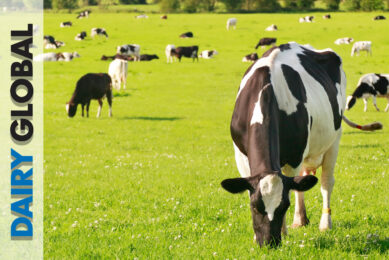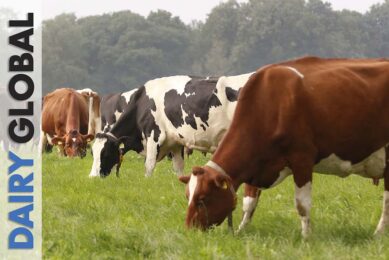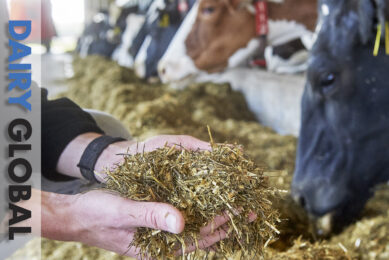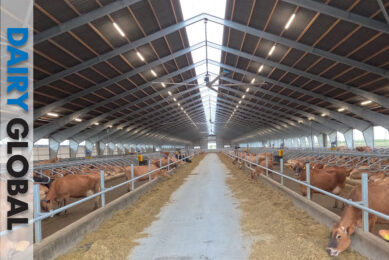Dairy Global magazine: Edition 3 is here
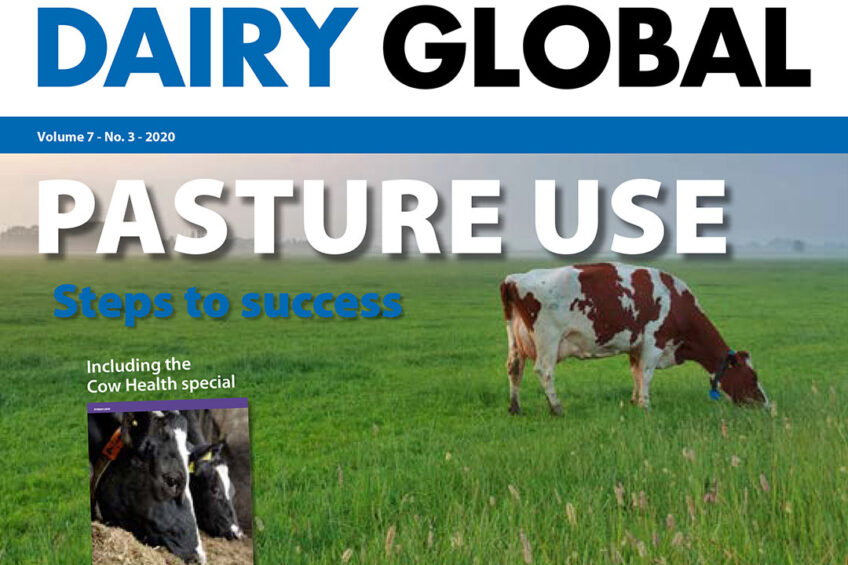
The 3rd edition of Dairy Global magazine is here! This edition focuses on automation, health, emissions, heat stress, ketosis and much more.
For a more in-depth look into these topics be sure to flip through the pages of this edition and also the featured Cow Health section. This issue is now available to read online in our digital magazine section.
View Dairy Global’s digital magazine here
Interview: André van Troost, Lely CEO
We had the chance to catch up with the CEO of Lely, the Dutch agricultural machine manufacturer. André van Troost was appointed CEO at the start of this year, in the interview he talks about automation in the dairy sector, the first installation of the A5 milking robot in China and how it was done remotely. He also gives us some insight on the impact of Covid-19. More on page 6.

Key factors for optimal herd health
Numerous factors can impact dairy herd health and performance, including genetics, management, housing and stress. However, the most fundamental factor in ensuring herd success is nutrition. Here we discuss three key areas of dairy cow nutrition, page 12.
 Cow health section
Cow health section
For any farmer, herd health is of utmost importance. The necessary steps need to be taken to protect the health of the herd. Therefore doing regular checks and monitoring the animals will help prevent diseases. This section looks at strategies to maximise health – like the challenging phase of calving, new treatments for digital dermatitis and advancements in udder health management.
Promising efforts to lower enteric methane
Researchers around the world are searching for new ways to lower emissions. Projects in Denmark and Canada have assessed emissions-lowering measures, and Swiss feed additive company DSM Nutritional Products has developed a new active ingredient that shows great promise, more on page 32.

Heat stress: The positive effects of selenium
When summer arrives, heat stress is top of the farmer’s mind when the temperature rises. Heat stress has a dramatic impact on feed consumption and milk production in dairy cows. Documented evidence has proven that selenium can effectively alleviate heat stress in dairy cows, see page 34.
How has the European dairy sector coped during Covid-19?
A webinar this year held by French Livestock Institute Idele, looked at the preservation tactics used by the European dairy sector to deal with Covid-19, on page 37.
Increasing pasture use – the steps to success
Here we dive into the latest findings on how to increase use of pasture and explore and face the challenges that come with it – while protecting milk quantity and quality, on page 39.

Feeding for performance
The ability of a cow to remain healthy depends on many factors, not least its immune system. Competent immune function is critical to dairy cow performance and welfare – and nutrition plays a vital role in maintaining a strong immune system, see page 42.
View Dairy Global’s digital magazine here
How to mitigate feed safety risks in ruminant diets
While ruminants are well designed to leverage the feed-to-food upcycling trend, production efficiency can never come at the expense of safety. Read more on page 45.
Strategies to reduce nitrogen
Reducing the amount of nitrogen that ruminants excrete is not only better for the environment but is also an opportunity for ruminants to produce more efficiently. Thus, balancing diets for amino acids can maximise dairy herd profitability and improve nitrogen efficiency, page 48.
The hidden risks of maize silage
New research shows dairy cows’ vulnerability to established and emerging mycotoxins and sheds light on their prevalence in feed, page 53.
Hoof health
Hoof health is an important factor when it comes to the economic side of things on farm. It can cause tremendous losses. Its impact can result in deceased feed intake, lower milk production and impaired reproductive efficiency, amongst other things. Here we dive into control and prevention strategies on page 9.

Potential biomarker: Predicting ketosis
Ketosis – a major metabolic disorder in dairy cows. Studying altered gene expression is a significant move towards determining potential molecular markers for predicting the incidence of ketosis. Researchers at Sichuan Agricultural University carried out a study where they employed a whole blood transcriptome approach to investigate the associated alteration of gene expression with clinical ketosis in dairy cows, page 56.



